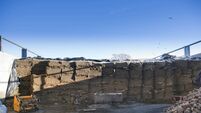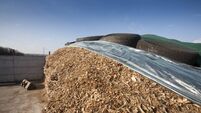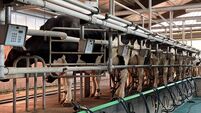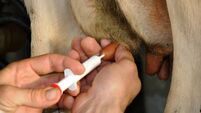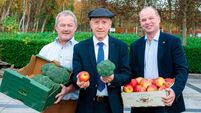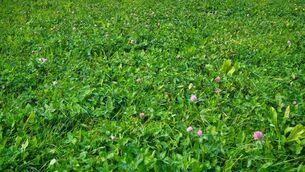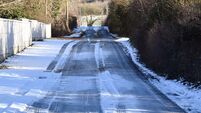Brian Reidy: What does 2025 have in store for Irish beef and dairy herds?
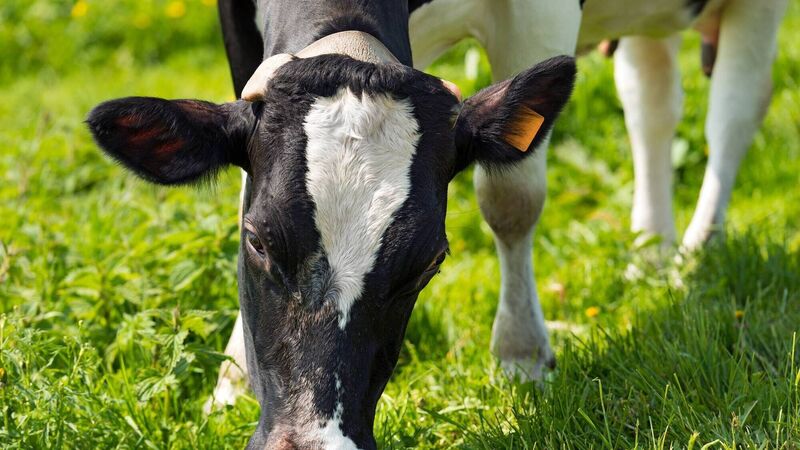
All going well, the grazing season is not too far away. Most dairy farms will be targeting a turn-out date in February.
Happy New Year, and all the best for 2025. As we start off a new year, the challenges facing livestock producers keep coming.
Beef and milk production continue to be targeted for change. Grassland-based food production can be part of the climate solution, not part of the problem. Hopefully, 2025 can be the year when our representative bodies actually provide some meaningful kickback.
Mercosur needs to be stopped dead in its tracks, if Irish/European agriculture is to have a future. We can’t let food products with little or no production standards for food safety, animal welfare or traceability into our markets for the sake of the big German car manufacturers getting cars into south America.
On a more positive note, the prospects for beef and milk price in the early part of 2025 look very positive right now. It is all wanted as the bills keep mounting up.
January is always very busy on dairy and suckler farms, and the list of jobs can be endless. Calving will obviously be high on the list for herds, but try not to take your eye off other things that may need to be done around now.
Jobs around the farmyard and around the rest of the farm must be sorted. All going well, the grazing season is not too far away. Most dairy farms will be targeting a turn-out date in February, and with the amount of grass in paddocks, all they need is some decent weather to get out grazing it.
On beef/suckler farms, turnout will be later as they are either in or out, so early to mid-March or thereabouts will be the target, depending on land type and weather.
Plans need to be put in place in order to have sufficient grass at turn-out so that cattle can remain out full-time. Fencing in the current good weather should be high on the to-do list. The ground is in good order, so travelling should not be a major issue.
Clearing fence wire of debris and fixing any breaks will mean that turnout can happen when it is suitable to do so, rather than the panic to get a few paddocks ready the day before opening the doors.
It is important that strategies are put in place to get the very best use of slurry on your grazing ground in conjunction with the efficient use of bagged fertiliser.
We must all treat slurry as an important nutrient and try to use it wisely to reduce our overall fertiliser costs. With regard to fertiliser, it is important that you use the correct products based on the nutrients required by your land.
If you have recent soil results, use these to devise your fertiliser, slurry and dung spreading strategy. Learn from fertiliser responses from recent years. If you have soil results, does your land need lime?
It’s the cheapest fertiliser available and often the one that gets ignored most! The earlier you get it out, the more benefit you will get from it in 2025.
As we head into January, it is important to look closely at all diets being fed and what you want to achieve with them.
Your priorities for each should be:
- Dry dairy cows: Prepare for lactation, trouble-free calving, healthy calf & avoid metabolic disorders.
- Dry sucklers: trouble-free calving, healthy calf, keep excessive condition off cow.
- Replacement heifers: Grow a good frame and get cycling well in advance of breeding.
- Sucklers with calves at foot: sufficient milk for the calf and get back in calf.
- Fresh dairy cows: Optimise intake of energy, optimise milk solids, prepare for grazing, get back cycling ASAP.
- Finishing cattle: Achieve cost-effective weight gain as fast as possible.
I am 25 years on the road since last August and have been specialising in nutrition for dairy and beef herds for 22 of those years. Every year is different, and every silage is different.
Herds will always benefit from tailor-made nutrition solutions, and I would encourage producers to get some help when formulating diets to optimise their available resources to fulfil their animal's genetic potential.
Some cows are calving before time, and as a result, a proportion of these tend to hold the cleaning. This will hopefully settle down once you have supplied sufficient energy and minerals to dry cows and they go closer to full term.
Watch that cows are not getting over-conditioned; take action if calving gets more difficult as the season progresses. Introducing a few kilos of straw will help in this regard.
Make sure that you have sufficient magnesium in your dry cow diet; it may require additional Cal mag or mag chloride. Where possible, try to clean out calving boxes as often as you can between calvings, and providing a good deep bed of straw is important for newborns.
For those who dosed cattle at housing: don’t forget that if you used products that only control mature fluke and worms, then you should have, at this stage, dosed for a second time to target the remaining fluke.
Lice also seem to be fairly common in sheds at present and needs to be controlled. Clipping animals’ backs is a fantastic way to manage stock indoors; they are cleaner and pour-ons work better, too.
- Brian Reidy is an independent ruminant nutritionist at Premier Farm Nutrition.
